Generations of Computer
Generation of computers refers to the specific improvements in computer technology. In 1946, electronic pathways called circuits were developed to perform the counting. It replaced the gears and other mechanical parts used for counting in previous computing machines.
In each new generation, the circuits became smaller and more advanced than the previous generation circuits. This helped increase the speed, memory and power of computers.
Following are the five generations of computer:First Generation Computer (1946-1959)
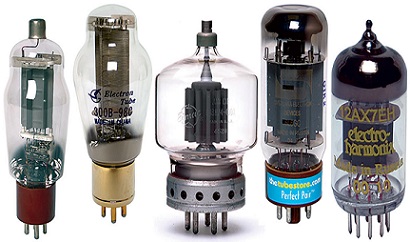
In the period of first generation, vacuum tubes were used as the basic components of CPU and memory. Vacuum tubes were large in size, this made computers of first generation huge, slow, and expensive. Magnetic tape and paper tape were used as input and output devices.
Some of the first generation computers are;- ENIAC ( Electronic Numerical Integrator and Computer)
- EDVAC ( Electronic Discrete Variable Automatic Computer)
- UNIVACI( Universal Automatic Computer)
- IBM-701
- IBM-650
Second Generation (1959-1965)
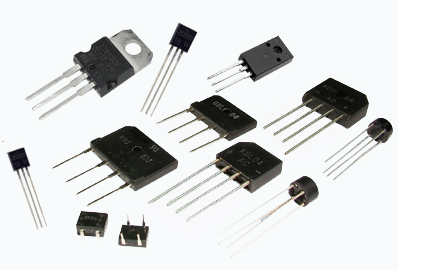
The second generation was the era of the transistor computers. These computers used transistors which were cheap, compact and consuming less power; it made transistor computers faster than the first generation computers.
Some of the second generation computers are;- pIBM 1620
- IBM 7094
- CDC 1604
- CDC 3600
- UNIVAC 1108
Third Generation (1965-1971)
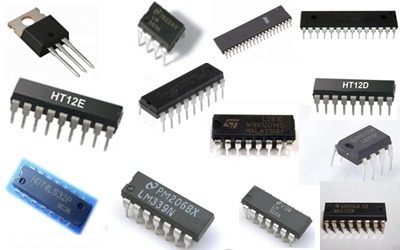
The third generation computers used integrated circuits (ICs) instead of transistors. A single IC can pack huge number of transistors which increased the power of a computer and reduced the cost. The computers also became more reliable, efficient and smaller in size.
Some of the third generation computers are;- IBM-360 series
- Honeywell-6000 series
- PDP(Personal Data Processor)
- IBM-370/168
- TDC-316
Fourth Generation (1971-1980)
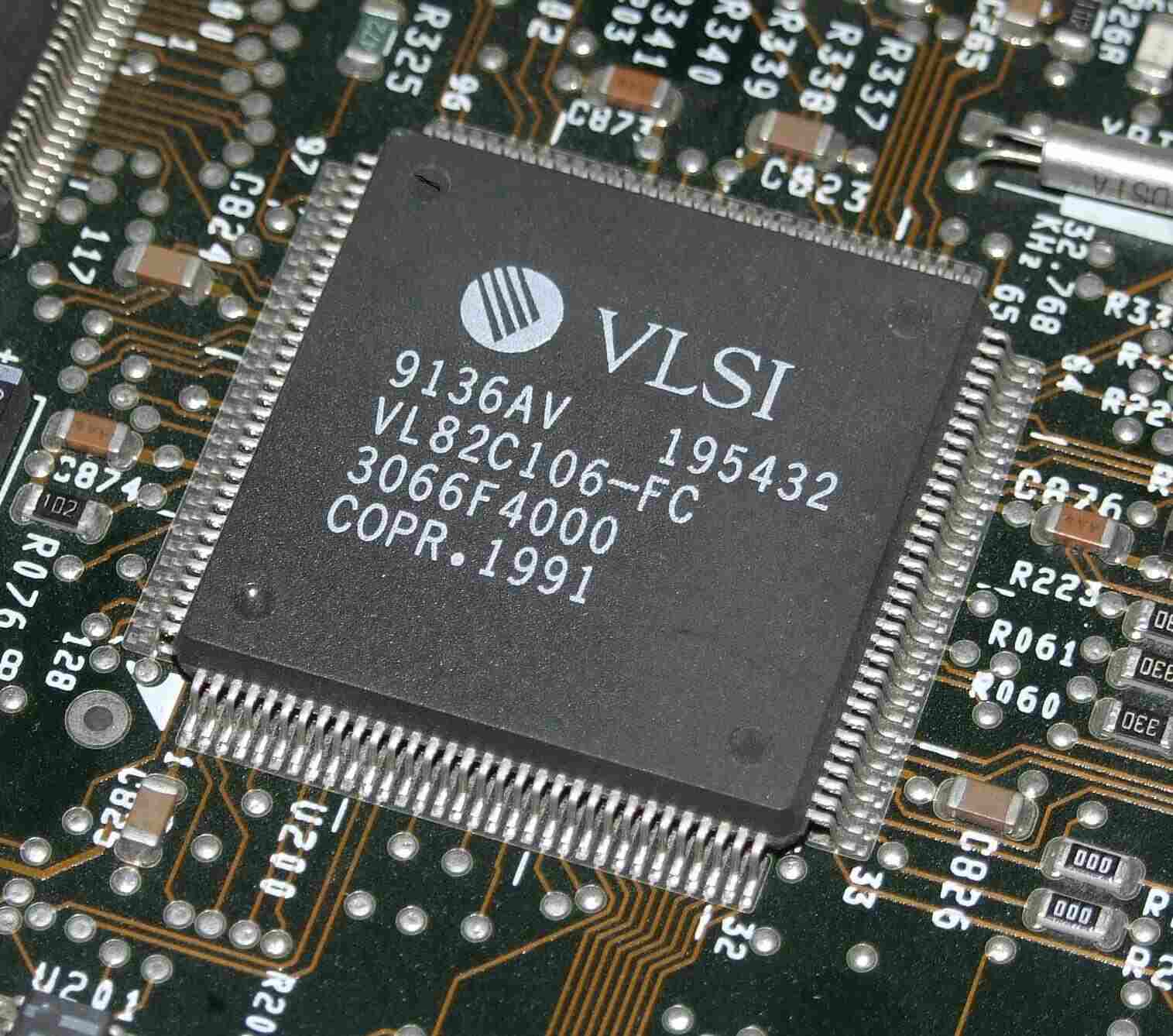
The fourth generation computers used very large scale integrated (VLSI) circuits, a chip containing millions of transistors and other circuit elements. These chips made this generation computers more compact, powerful, fast and affordable.
Some of the fourth generation computers are;- DEC 10
- STAR 1000
- PDP 11
- CRAY-1(Super Computer)
- CRAY-X-MP(Super Computer)
Fifth Generation (1980-till date)
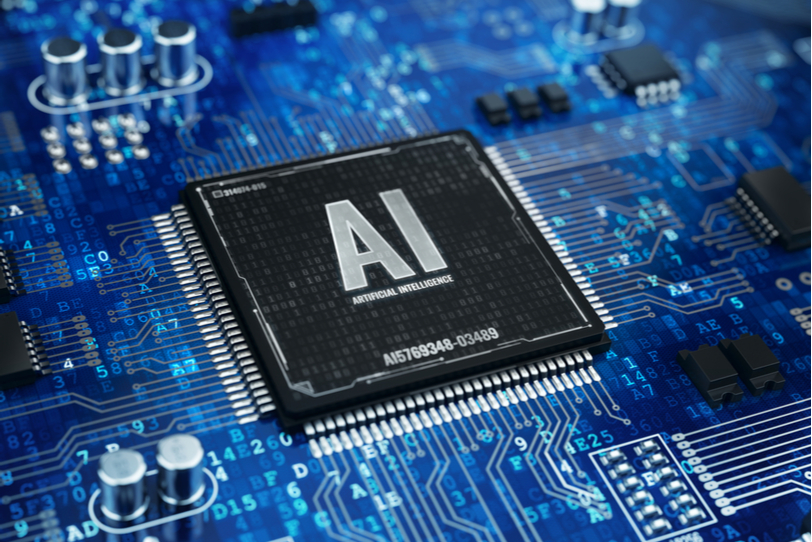
In fifth generation computers, the VLSI technology was replaced with ULSI (Ultra Large Scale Integration). It made possible the production of microprocessor chips with ten million electronic components. This generation computers used parallel processing hardware and AI (Artificial Intelligence) software.
Some of the fifth generation computers are;- Desktop
- Laptop
- NoteBook
- UltraBook
- ChromeBook